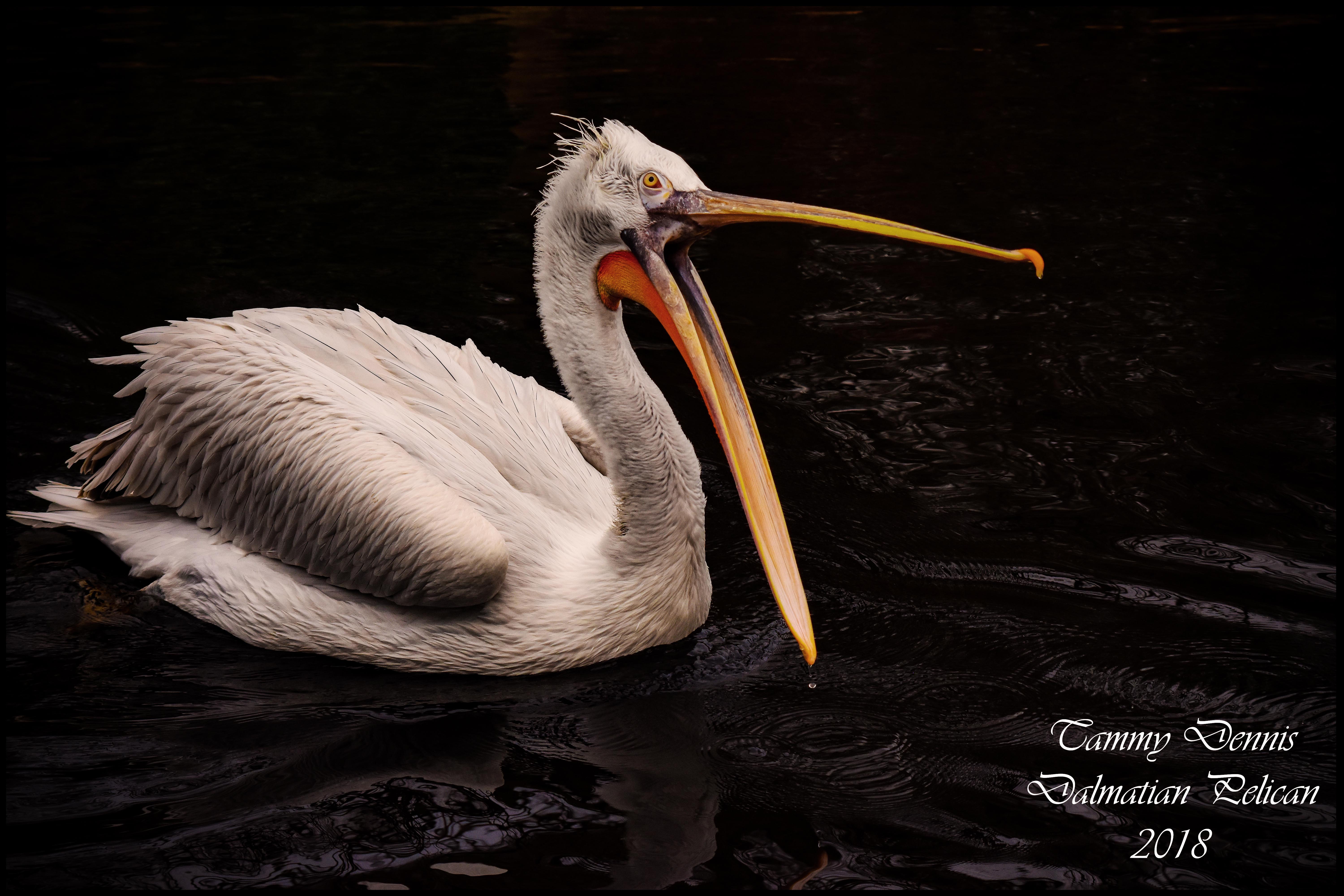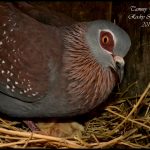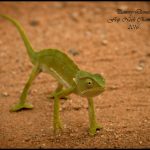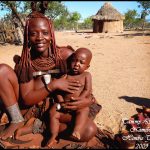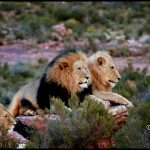Photographing nature is always a challenge, they don’t listen to pose requests, care about lighting guidelines and sometimes they just know when you’re about to press the capture button, taking off that very last second. In wildlife photography, I find birds the second most challenging subject after marine life, but when you do capture what you wanted, it is very rewarding.
Besides the photography basics, taking into account aperture, ISO and speed (Starting settings to tweak from here IS0: 100-1600, Aperture: f/4 and shutter speed: minimum 1/1000 – speed being your priority when taking photos of birds in motion). There are few different tips when trying to photograph birds. One main aspect to take into account, is knowing the behavior of your subject. Some birds are near impossible to photograph and patience is key, on top of having speedy settings set on your camera to be able to photograph swifts, swallows and martins.
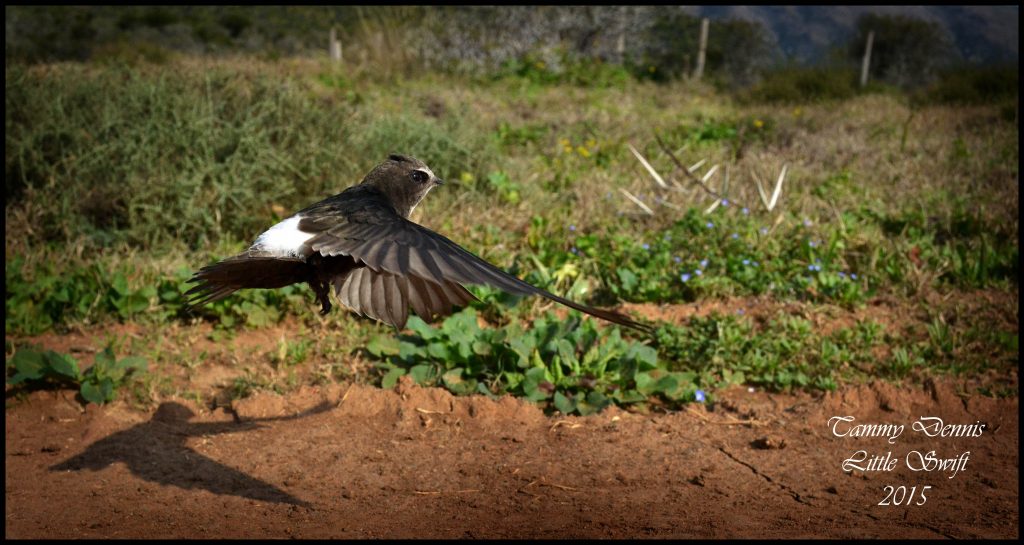 With these fast types of birds, it is often better to find an area where they often go, either a mud spot where they collect mud for a nest, the nests itself or a common feeding area where you have a good vantage point, a bridge above water for example. This allows you to make something more predictable and manageable to capture, rather than trying to predict their movements in the sky.
With these fast types of birds, it is often better to find an area where they often go, either a mud spot where they collect mud for a nest, the nests itself or a common feeding area where you have a good vantage point, a bridge above water for example. This allows you to make something more predictable and manageable to capture, rather than trying to predict their movements in the sky.
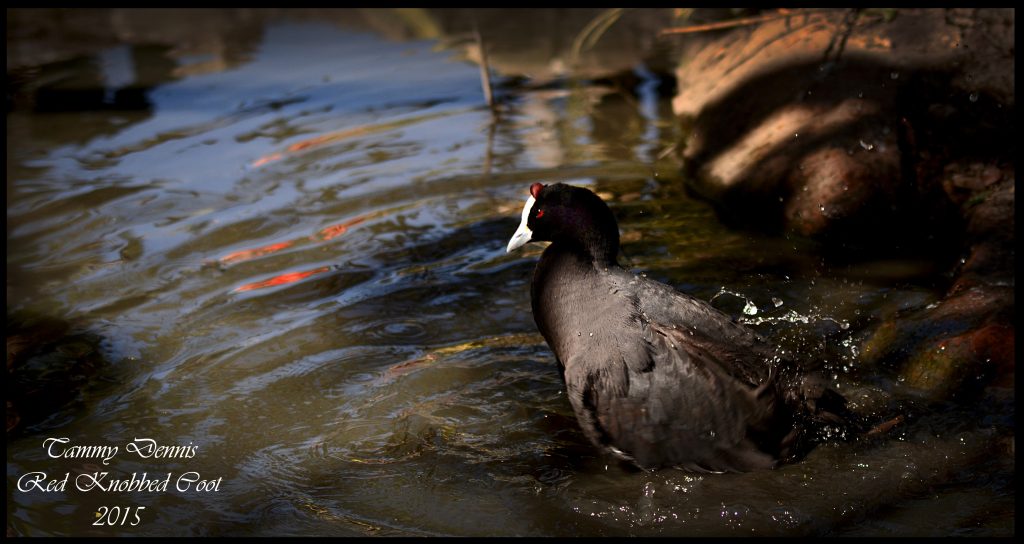 Other birds are slower moving making them more enjoyable to photograph as they tend to move around in a smaller area with many backdrops and different light opportunities, I often would put ducks, doves and other birds with similar traits in this group. Then there are birds that you wait for that key moment, like eagles, owls and herons. These birds often do nothing for a very long time, conserving their energy or waiting for their prey. The key feature here is knowing what your subject does on a daily basis and their habits, whether before a flight you see them defecate, slight wing movements or a more eager look around their environment before take-off, knowing this will allow you to make a great decision of where to situate yourself, when to start clicking or even predicting your subjects next move.
Other birds are slower moving making them more enjoyable to photograph as they tend to move around in a smaller area with many backdrops and different light opportunities, I often would put ducks, doves and other birds with similar traits in this group. Then there are birds that you wait for that key moment, like eagles, owls and herons. These birds often do nothing for a very long time, conserving their energy or waiting for their prey. The key feature here is knowing what your subject does on a daily basis and their habits, whether before a flight you see them defecate, slight wing movements or a more eager look around their environment before take-off, knowing this will allow you to make a great decision of where to situate yourself, when to start clicking or even predicting your subjects next move.
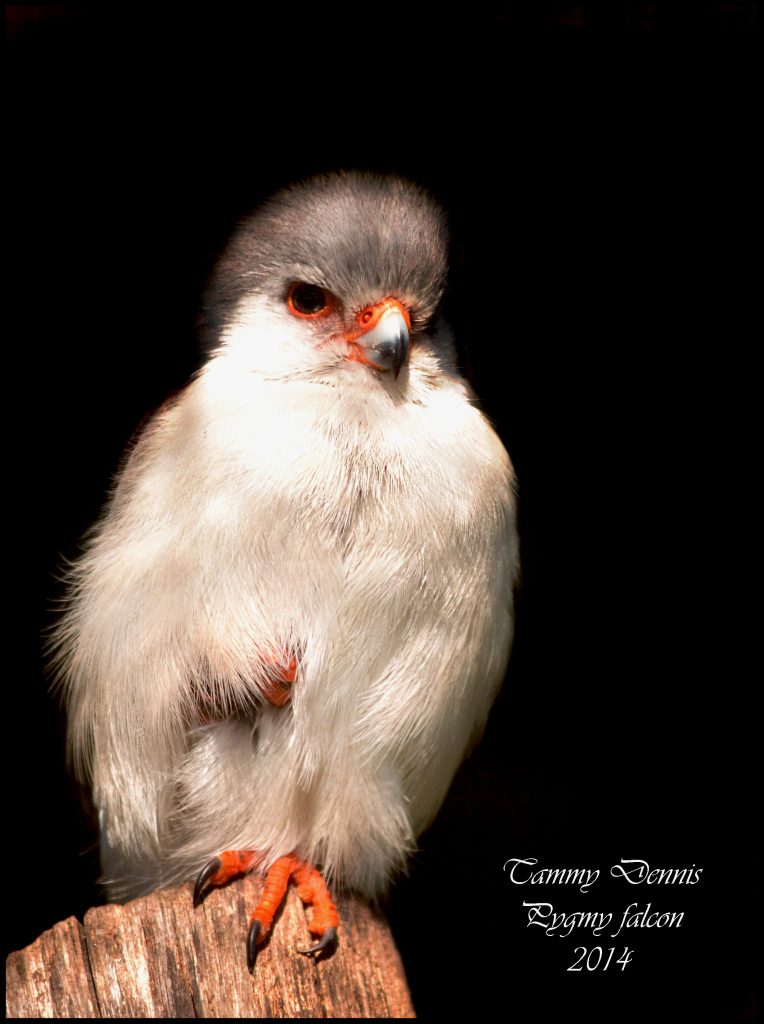 Background, this can be extremely tricky as you can’t place your subject in the perfect location. There is room for great creativity to be explored. Some questions you can ask yourself what do you want the picture to say or what works best in this scenario and work from there. With birds what often works best is filling up the whole frame with the bird, showing all its detail with a very blurred background or showing the story, it is often good to show a bird in action, whilst trying to keep the rest of the frame clean and simple allowing the focus to shine on your story.
Background, this can be extremely tricky as you can’t place your subject in the perfect location. There is room for great creativity to be explored. Some questions you can ask yourself what do you want the picture to say or what works best in this scenario and work from there. With birds what often works best is filling up the whole frame with the bird, showing all its detail with a very blurred background or showing the story, it is often good to show a bird in action, whilst trying to keep the rest of the frame clean and simple allowing the focus to shine on your story.
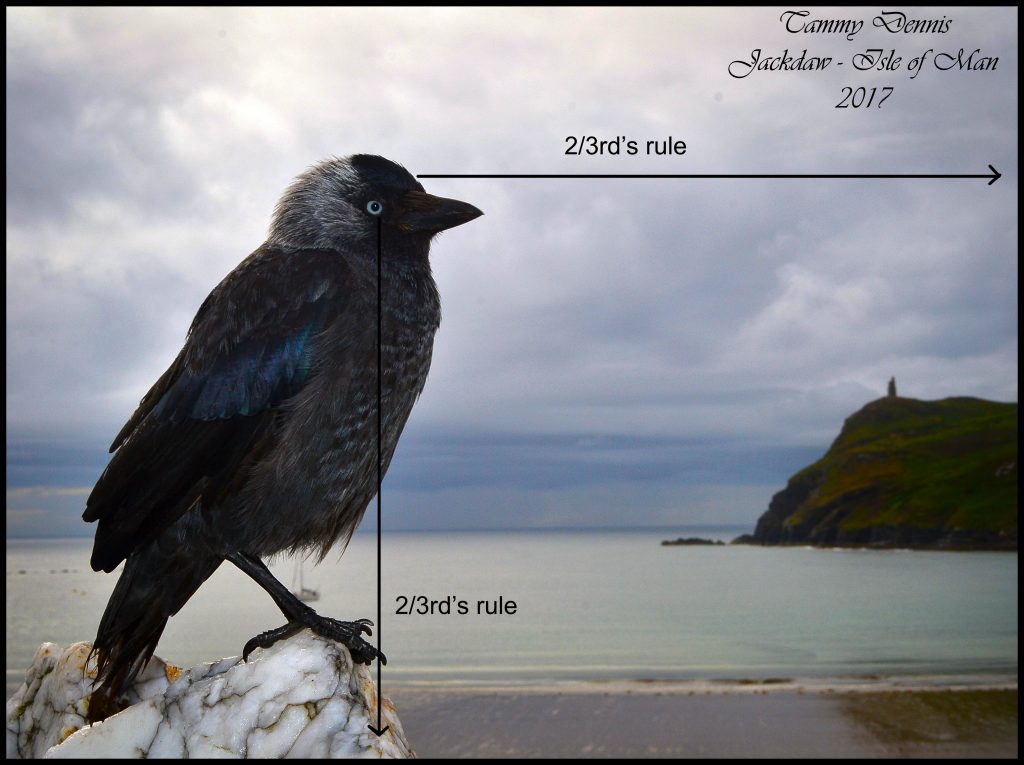
Captivation, this is important if your want your picture to engage with the viewer. This often requires your subject to look into the camera or good lighting to shine on the eye giving the photograph soul and depth. With the eye it is best to give it space, giving room in the photograph to allow your eyes to follow where your subject is looking rather than cutting it off short, this is often where the rule of thirds is used.
Birds make great subjects as they’re found in most places, start with easier birds that are found in your area, get a feel for your personal camera and style before taking on more challenging subjects. Remember to enjoy what’s around as well as what the camera sees, and take pride in your photos, there will always be better photos out there, but none can replace your captured moments in time.

